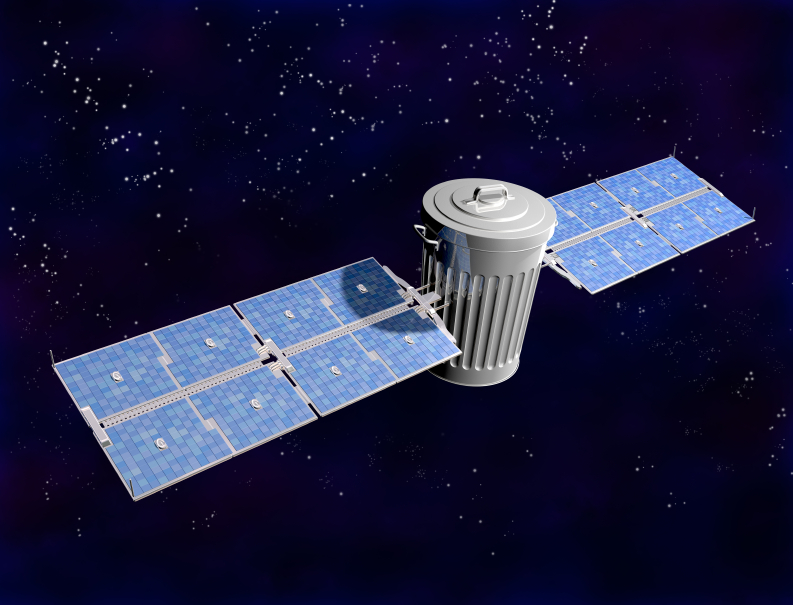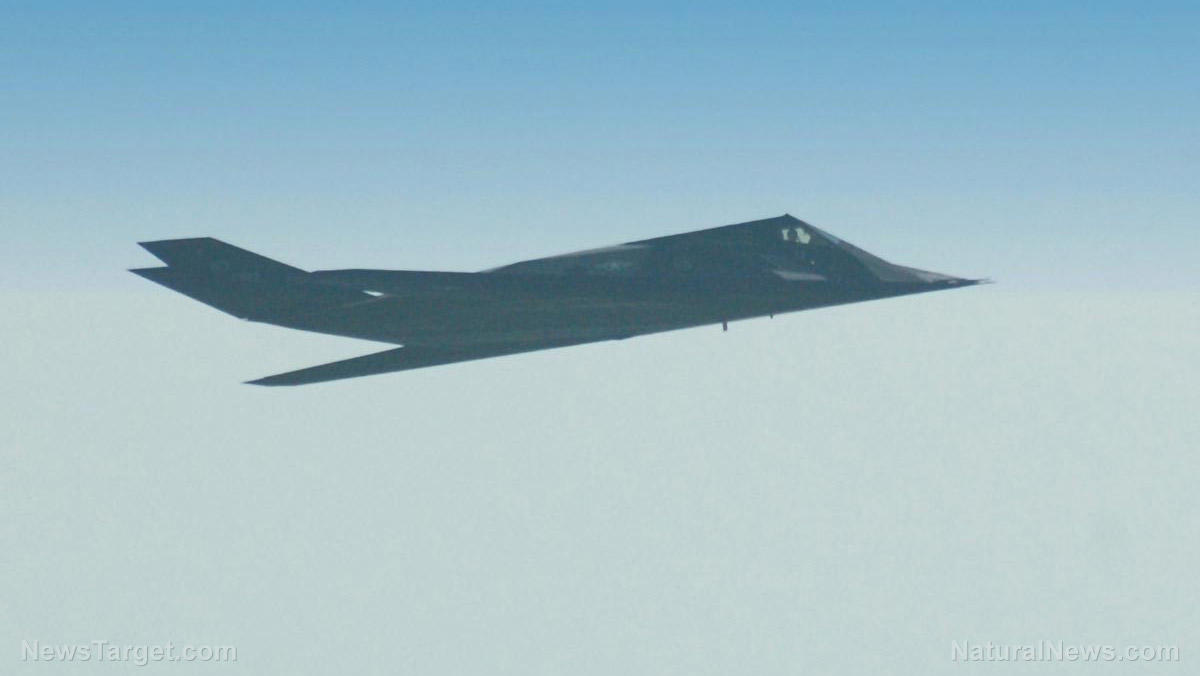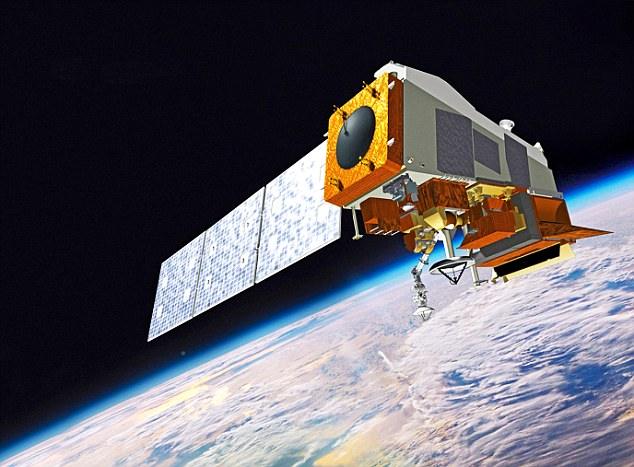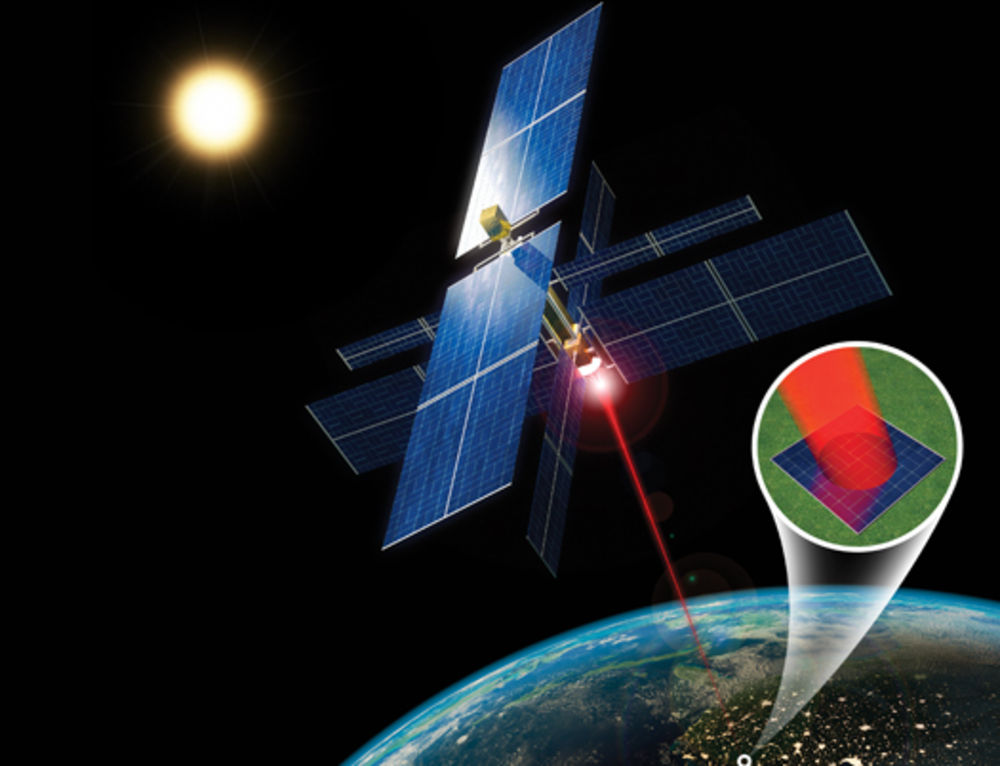China’s aggressive space militarization demands urgent U.S. response, warns top general
04/09/2025 / By Cassie B.

- China’s rapid military space expansion poses the most immediate threat to U.S. security, warns Space Force chief Gen. Chance Saltzman.
- Beijing operates 347 military satellites, half its orbital fleet, surveilling U.S. forces globally with advanced sensing and jamming tech.insa
- China’s arsenal includes anti-satellite missiles, lasers, and grappling-arm “killer satellites,” rehearsing space warfare tactics like orbital “dogfighting.”
- The U.S. lags in space defense funding, risking vulnerabilities as China escalates electronic warfare and debris-generating strikes.
- Experts urge immediate action — boosting Space Force budgets, resilient satellite networks, and clear deterrence policies — to counter China’s dominance.
China’s breakneck expansion of military space capabilities, including anti-satellite missiles, laser weapons, and orbital “dogfighting” satellites, represents the “most immediate threat” to U.S. national security, warns Gen. Chance Saltzman, chief of the U.S. Space Force. In startling testimony before Congress, Saltzman revealed that Beijing now operates 347 military satellites — nearly half its 700-satellite fleet — to surveil U.S. forces globally, underscoring an urgent need for America to fortify its defenses in this contested domain.
A “mind-boggling” threat
Testifying before the U.S.-China Economic and Security Review Commission, Saltzman described China’s advancements as a “powerful destabilizing force” that could cripple U.S. communications, navigation, and intelligence systems in a conflict. “Space has become a warfighting domain,” he emphasized. Beijing’s arsenal includes ground-based missiles to physically destroy satellites, high-powered lasers capable of blinding or damaging sensors, radio-frequency jammers to disrupt military communications, and robotic “killer satellites” with grappling arms to disable adversaries
“By the mid-to-late 2020s, we expect them to deploy systems high enough in power that they can physically damage satellite structures,” Saltzman warned in written testimony. His assessment follows China’s abrupt 7% increase in military spending this year, much of it directed toward space warfare.
The PLA’s orbital battlefield strategy
China’s People’s Liberation Army (PLA) views space control as pivotal to dominating a potential Indo-Pacific conflict, particularly over Taiwan. “Intelligence suggests the PLA likely sees counterspace operations as a means to deter and counter U.S. military intervention in a regional conflict,” Saltzman noted. Disturbingly, China has already demonstrated its aggression: In 2022, it used a robot-armed satellite to tow a defunct spacecraft — a dry run for disabling enemy assets.
Equally alarming are Beijing’s orbital “dogfighting” drills. Space Force has tracked Chinese satellites executing “unusual, large, and rapid maneuvers” in geostationary orbit. “They are practicing tactics, techniques and procedures to conduct on-orbit operations from one satellite to another,” said Gen. Michael Guetlein, Saltzman’s deputy. Such maneuvers suggest China is rehearsing for space-based combat, a scenario once relegated to science fiction.
Meanwhile, China’s electronic warfare capabilities are expanding. The PLA now jams U.S. satellite signals routinely, including protected military frequencies, and is developing even broader spectrum interference tools.
America’s dangerous complacency
Despite China’s advances, U.S. investment in space defense lags. Saltzman lamented Congress’s “out of sight, out of mind” attitude, noting the Space Force faces more unfunded missions than funded ones. While China fields quantum satellites and reusable launch vehicles, the U.S. lacks equivalent systems.
Compounding the problem, debris from China’s 2007 anti-satellite test — condemned globally — still clutters orbit, endangering spacecraft. Another strike could render key orbital pathways unusable.
Dominance through deterrence
In order to counter China’s aggression in space, experts urge immediate action. First, Space Force funding must be boosted, and the Pentagon should prioritize the development of next-generation satellites, resilient architectures, and directed-energy defenses. Additionally, innovation should be accelerated by embracing private-sector partnerships to match China’s rapid prototyping. Lastly, deterrence policies need to be clarified, establishing red lines against attacks on U.S. satellites and backing these lines with credible retaliation protocols.
“The modern battlefield has to account for the space domain,” Saltzman declared. Failure to act, he warned, risks ceding orbital supremacy to China.
China’s space ambitions are not merely theoretical—they are operational, fast-evolving, and directed squarely at America. As Saltzman’s testimony makes clear, the U.S. must shed complacency and treat space as the ultimate high ground in 21st-century warfare. The alternatives — a blinded military, severed communications, and a hobbled economy — are unthinkable. Congress and the Pentagon must act now to ensure America’s freedom to operate in space remains unchallenged. The stakes are nothing less than our national survival.
Sources for this article include:
Submit a correction >>
Tagged Under:
big government, China, cosmic, dangerous, future tech, insanity, inventions, military, military tech, national defense, national security, PLA, Space, space wars, US, weapons technology
This article may contain statements that reflect the opinion of the author
RECENT NEWS & ARTICLES
COPYRIGHT © 2017 SPACE.COM
All content posted on this site is protected under Free Speech. Space.com is not responsible for content written by contributing authors. The information on this site is provided for educational and entertainment purposes only. It is not intended as a substitute for professional advice of any kind. Space.com assumes no responsibility for the use or misuse of this material. All trademarks, registered trademarks and service marks mentioned on this site are the property of their respective owners.




















